Rising Demand in Electronics
The Glass Substrate Market is experiencing a notable surge in demand, particularly driven by the electronics sector. As technology advances, the need for high-performance glass substrates in devices such as smartphones, tablets, and televisions is increasing. The market for electronic glass substrates is projected to reach approximately 10 billion USD by 2026, reflecting a compound annual growth rate of around 5 percent. This growth is attributed to the rising consumer preference for lightweight and durable electronic devices, which necessitate the use of specialized glass substrates. Furthermore, the integration of advanced display technologies, such as OLED and LCD, is likely to further bolster the demand for glass substrates, thereby enhancing the overall market landscape.
Expanding Automotive Applications
The Glass Substrate Market is experiencing growth due to the expanding applications in the automotive sector. With the rise of electric vehicles and advanced driver-assistance systems, the demand for high-quality glass substrates is increasing. These substrates are essential for various components, including displays, sensors, and cameras, which are integral to modern automotive technology. The automotive glass market is projected to grow at a rate of 6 percent annually, driven by the need for lightweight and durable materials that enhance vehicle performance and safety. As automotive manufacturers continue to innovate, the Glass Substrate Market is likely to see a corresponding increase in demand, reflecting the sector's commitment to integrating advanced technologies.
Growth in Renewable Energy Sector
The Glass Substrate Market is significantly influenced by the expansion of the renewable energy sector, particularly in solar energy applications. Glass substrates are essential components in photovoltaic cells, which convert sunlight into electricity. The increasing focus on sustainable energy solutions has led to a rise in solar panel installations, with the market for solar glass expected to grow at a rate of 8 percent annually. This trend indicates a robust demand for high-quality glass substrates that can withstand environmental stressors while maintaining efficiency. As governments and organizations worldwide prioritize renewable energy initiatives, the Glass Substrate Market is poised to benefit from this upward trajectory, potentially leading to innovations in glass substrate technology.
Advancements in Manufacturing Techniques
The Glass Substrate Market is witnessing transformative advancements in manufacturing techniques, which are enhancing product quality and reducing costs. Innovations such as float glass technology and chemical vapor deposition are enabling manufacturers to produce thinner, lighter, and more durable glass substrates. These advancements not only improve the performance of glass substrates in various applications but also contribute to cost efficiency, making them more accessible to a broader range of industries. As a result, the market is expected to see a steady increase in adoption across sectors such as automotive, electronics, and construction. The ability to customize glass substrates for specific applications further indicates a promising future for the Glass Substrate Market.
Increased Investment in Research and Development
The Glass Substrate Market is benefiting from increased investment in research and development, which is driving innovation and enhancing product offerings. Companies are allocating substantial resources to develop advanced glass substrates that meet the evolving needs of various industries. This focus on R&D is likely to lead to the introduction of new materials and technologies that improve the performance and functionality of glass substrates. For instance, the development of anti-reflective coatings and enhanced thermal stability could open new avenues for applications in high-performance electronics and automotive sectors. As competition intensifies, the emphasis on R&D will be crucial for companies aiming to maintain a competitive edge in the Glass Substrate Market.
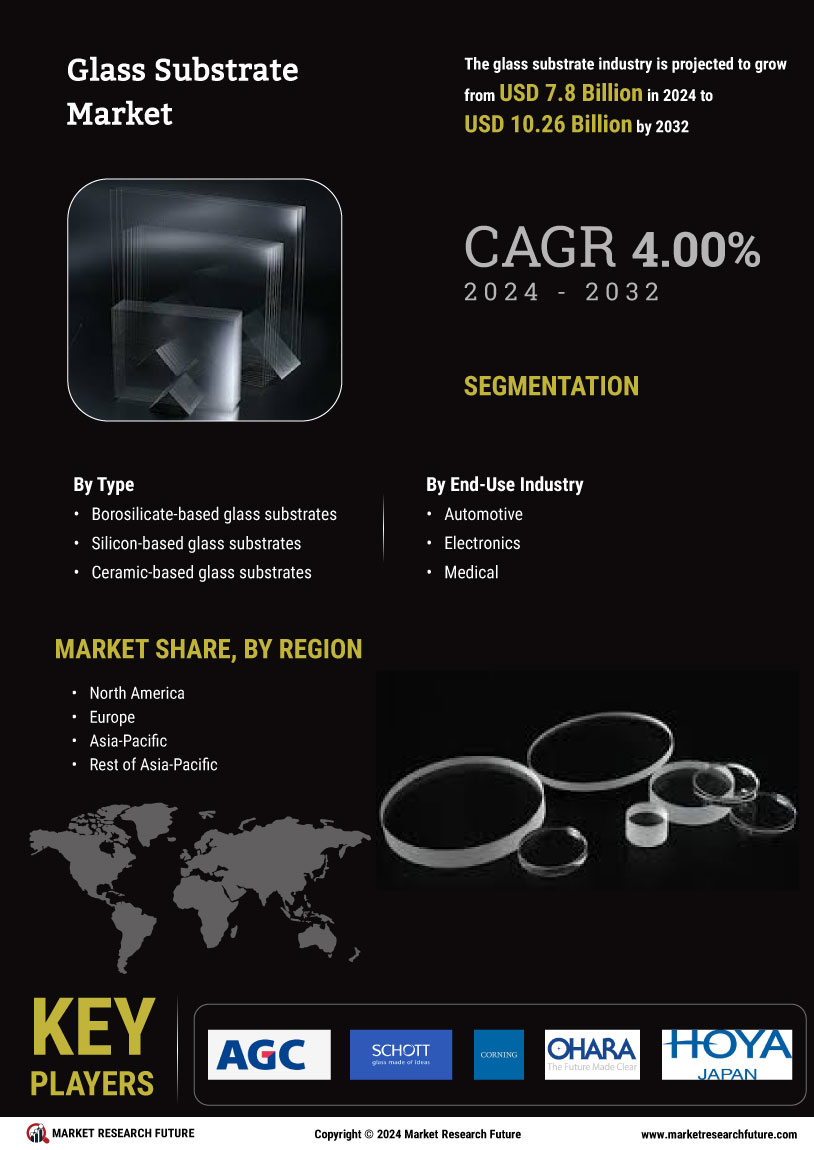


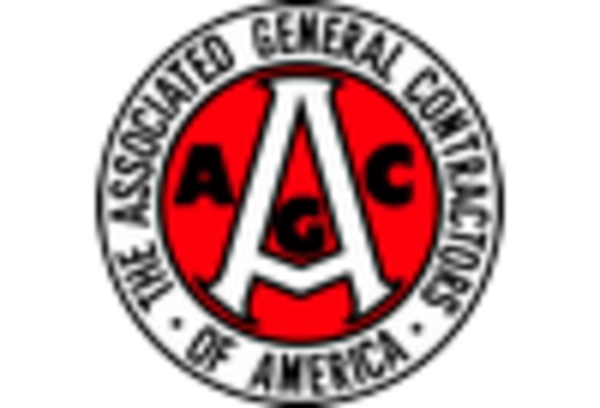
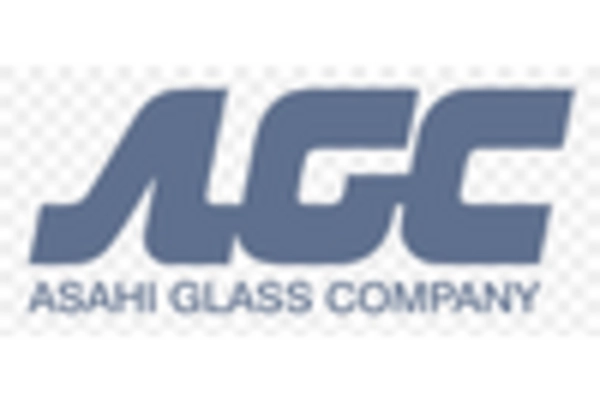
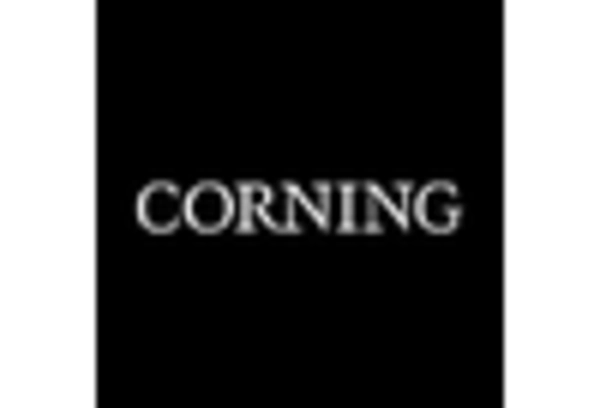
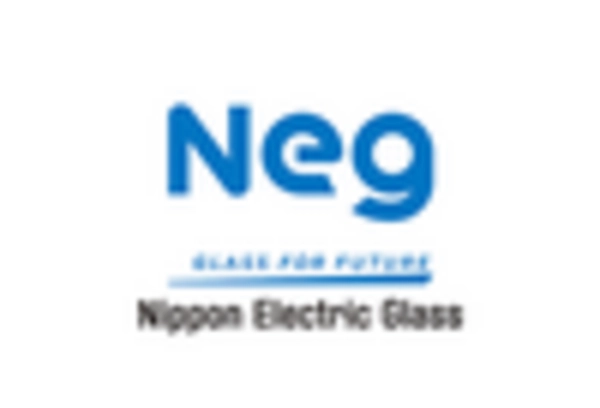

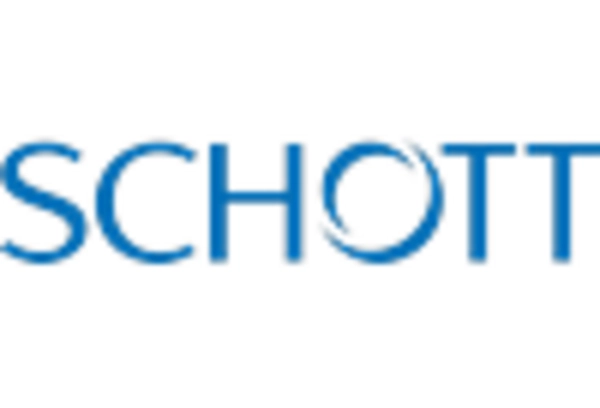








Leave a Comment